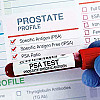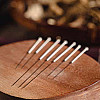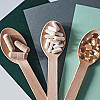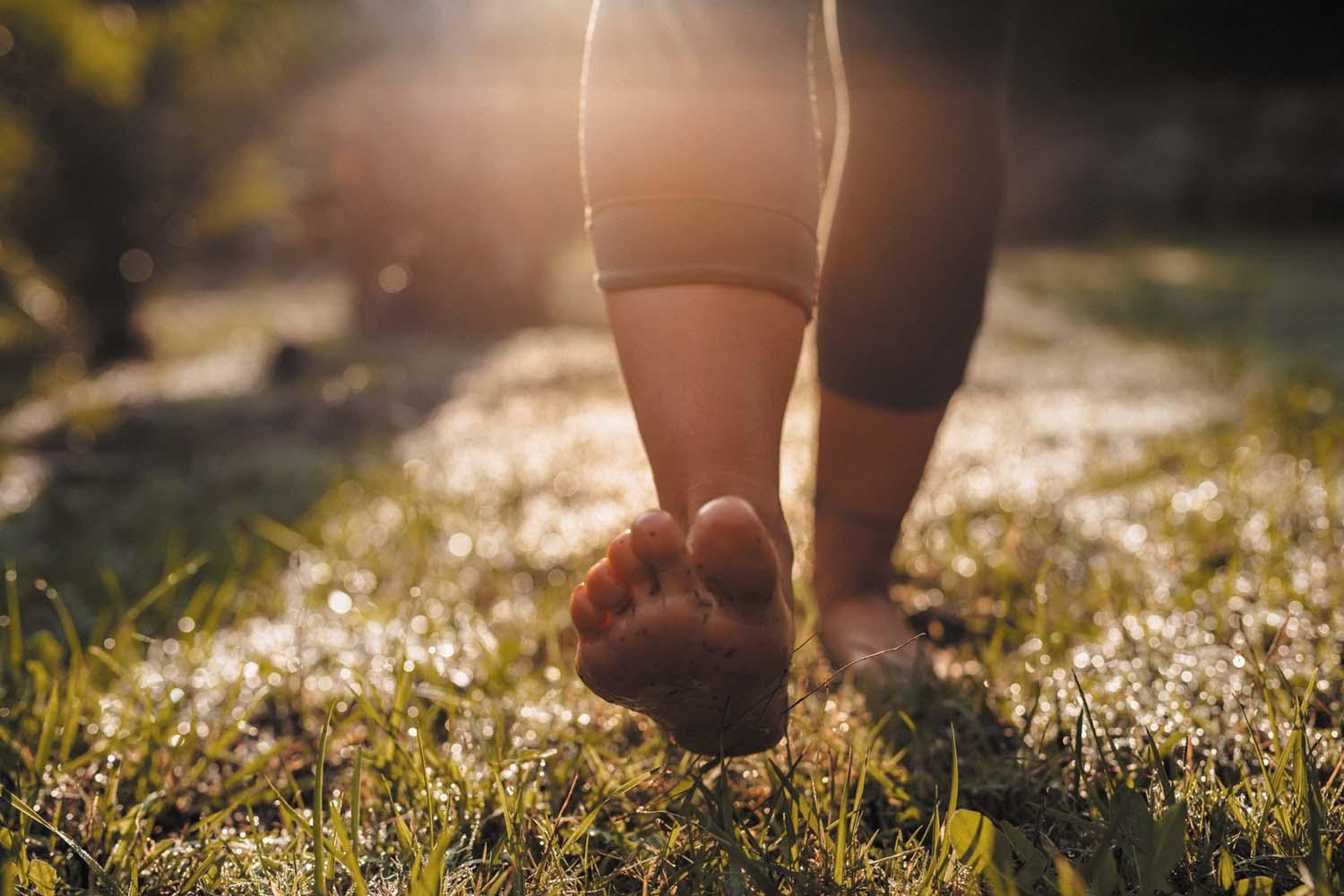
5 timeless habits for better health

What are the symptoms of prostate cancer?

Is your breakfast cereal healthy?

When pain signals an emergency: Symptoms you should never ignore

Does exercise give you energy?

Acupuncture for pain relief: How it works and what to expect

How to avoid jet lag: Tips for staying alert when you travel

Biofeedback therapy: How it works and how it can help relieve pain

Best vitamins and minerals for energy

Should you take probiotics with antibiotics?
Foot Care Archive
Articles
Is exercising barefoot good for my feet?
Exercising barefoot can be done safely when walking on grass or a sandy beach, biking, or doing yoga or tai chi. But walking or running barefoot on pavement can pose numerous hazards to feet, including splinters or stress fractures.
Do you really need bunion surgery?
Surgery is usually warranted when bunion pain becomes disabling, a skin ulcer develops, or it's necessary to prevent a bunion from dislocating the second toe. However, recovery can be long and painful, and there's no guarantee that bunions won't come back. Prior to surgery, it might help to use strategies that reduce bunion pain, such as adding cushioning to shoes, stretching shoes where a bunion rubs against them, getting roomier shoes or shoes made with stretchy fabrics, and using toe spacers.
5 heartfelt gift ideas for Valentine's Day
Heart-healthy Valentine's Day gift ideas include products and experiences designed to make it easier and more enjoyable to follow the key tenets of a healthy lifestyle: eating well, getting regular exercise, sleeping soundly, and managing stress. Examples include strawberries dipped in dark chocolate, a cooking class, custom-fit sneakers, luxury sleep products, and a subscription to a meditation app.
What to do about bunions
A bunion is a deformity of the foot that causes the big toe to turn inward toward the other toes. This can result in damage to the other toes, calluses, and trouble walking.
Soleful aging
Like the rest of the body, the feet are vulnerable to the effects of aging. Women may be more susceptible to certain foot conditions due to hormone fluctuations during pregnancy and a higher incidence of decreased bone density with aging. But everyone's soft tissues become less elastic, making foot problems more likely. Foot conditions that can develop or worsen with age include stress fractures, plantar fasciitis, bunions, flat feet, and osteoarthritis. Simple measures, such as resting the feet and wearing supportive shoes, can help ease pain.
The right shoe for walking and running
Walking and running share similar movements, but how the foot is supported differs, which is why most walking and running shoes are designed differently. When walking, the heels hit the ground first before the foot rolls forward to begin the next step. Because of this rolling motion, walking shoes are designed to have soft, flexible soles, which help a person push off with each step, and an angled heel to absorb most of the shock and reduce pressure on the ankles. In comparison, runner's feet strike anywhere from the heel to the midfoot or forefoot. Therefore, running shoes are designed to have thicker soles that act as shock absorbers.

5 timeless habits for better health

What are the symptoms of prostate cancer?

Is your breakfast cereal healthy?

When pain signals an emergency: Symptoms you should never ignore

Does exercise give you energy?

Acupuncture for pain relief: How it works and what to expect

How to avoid jet lag: Tips for staying alert when you travel

Biofeedback therapy: How it works and how it can help relieve pain

Best vitamins and minerals for energy

Should you take probiotics with antibiotics?
Free Healthbeat Signup
Get the latest in health news delivered to your inbox!
Sign Up










